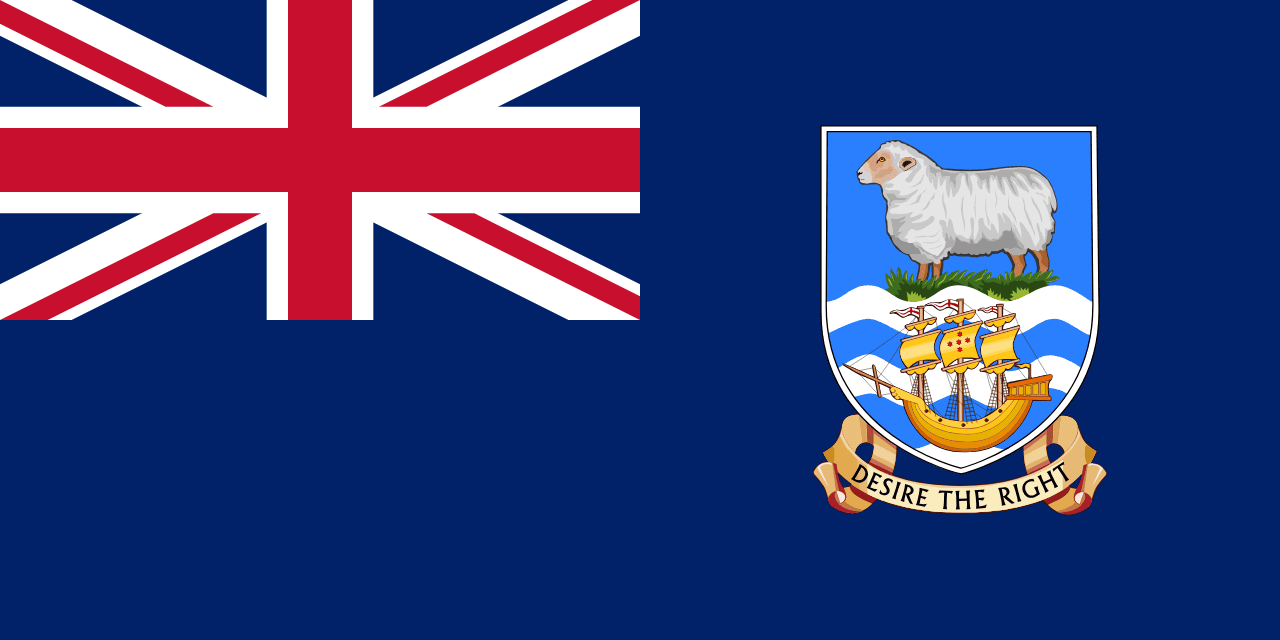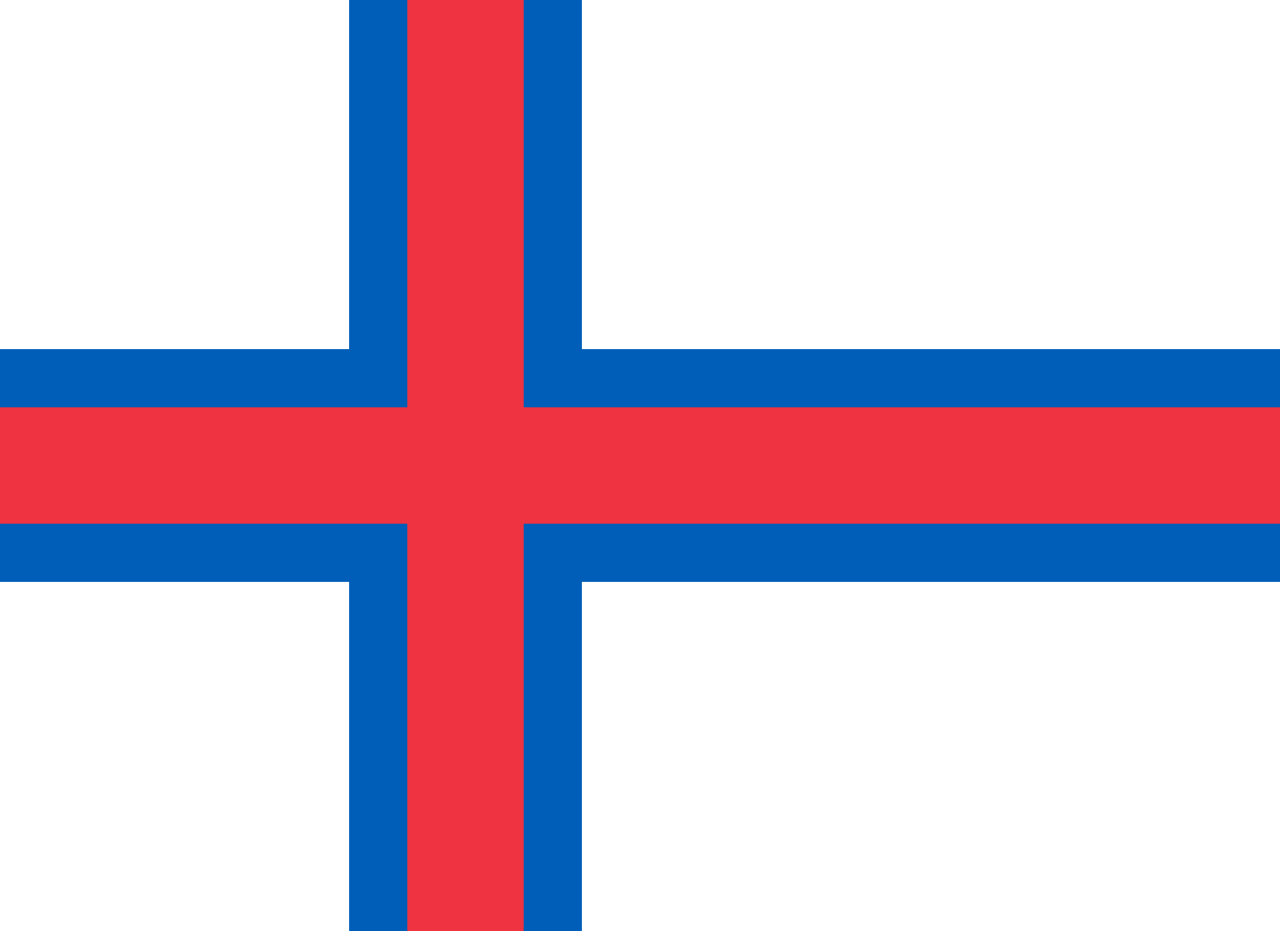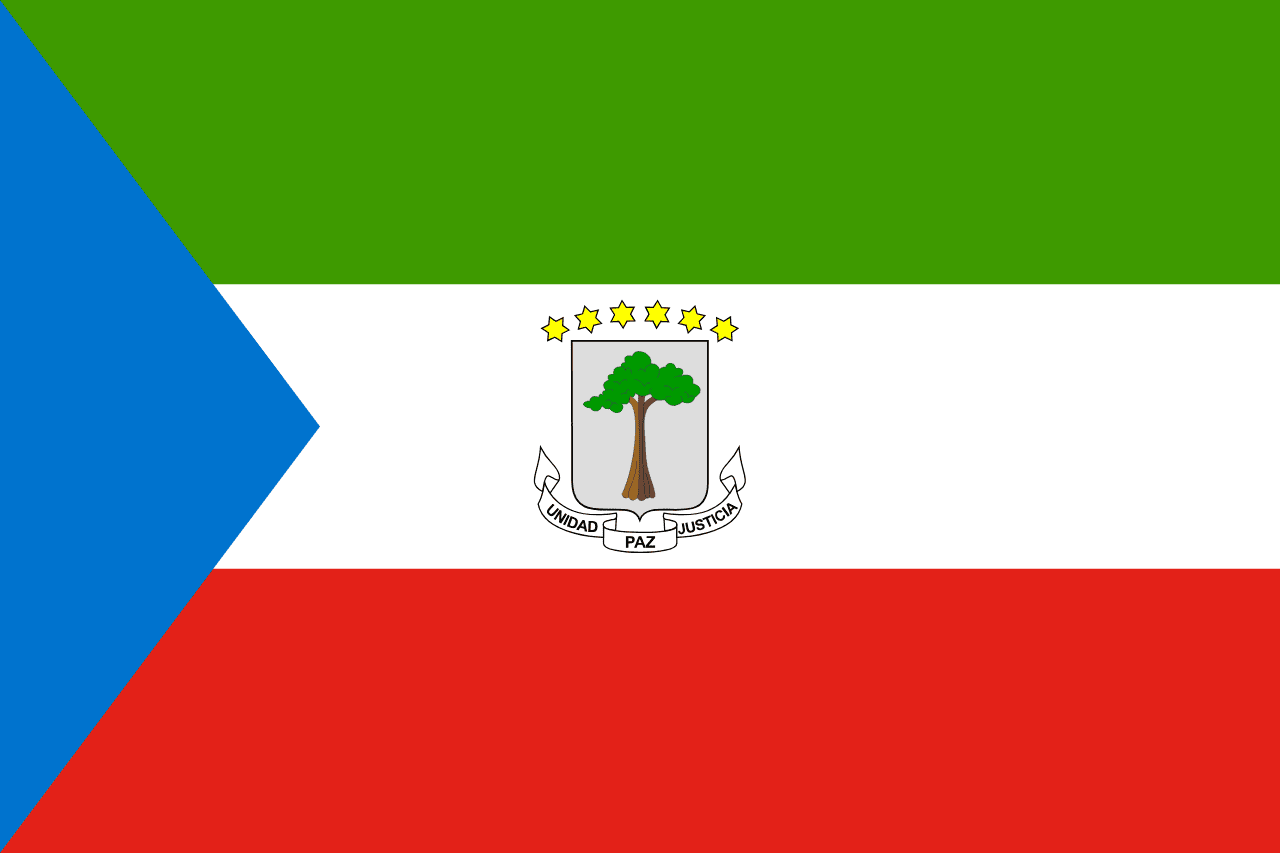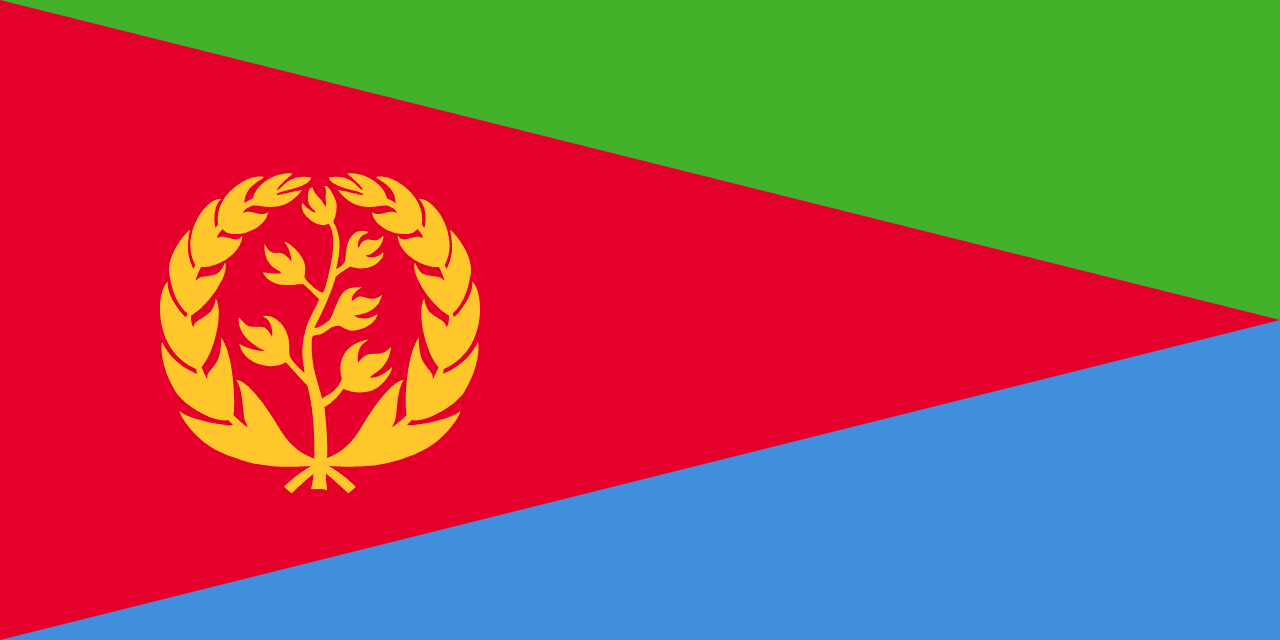The flag of Eswatini (formerly Swaziland) features a striking design with five horizontal stripes: blue, yellow, red (double width), yellow, and blue. Centered on the red stripe is a prominent black and white Nguni shield laid horizontally, flanked by two spears and a staff adorned with feather tassels.
Eswatini information
| National Flag Day | September 6th |
| Sovereign state | Yes |
| Official name | Kingdom of Eswatini |
| Capital | Mbabane |
| Population | 1,160,164 |
| Area | 17,364 km² |
| Currency | Lilangeni (SZL) |
| Language | Swati, English |
| Continent | Africa |
| Region | Southern Africa |
| Subregion | Southern Africa |
| Borders | South Africa, Mozambique |
| Timezone | South African Standard Time (SAST) UTC+2 |
| Calling code | +268 |
| Top-level domain | .sz |
History of the Eswatini flag
 The flag was officially adopted on October 6, 1968, coinciding with Eswatini's independence from British colonial rule. Its design draws inspiration from the military flag presented by King Sobhuza II to the Swazi Pioneer Corps in 1941. The flag has remained unchanged since independence, even after the country's name change from Swaziland to Eswatini in 2018, reflecting continuity in national identity and symbolism.
The flag was officially adopted on October 6, 1968, coinciding with Eswatini's independence from British colonial rule. Its design draws inspiration from the military flag presented by King Sobhuza II to the Swazi Pioneer Corps in 1941. The flag has remained unchanged since independence, even after the country's name change from Swaziland to Eswatini in 2018, reflecting continuity in national identity and symbolism.
Symbolism and design of the Eswatini flag
Each element of the Eswatini flag carries deep symbolic meaning. The central red stripe, double the width of the others, represents the battles fought for independence and the nation's determination to defend its sovereignty. It also symbolizes the rich red soil of Eswatini, vital to its agriculture. The blue stripes at the top and bottom signify peace and stability, essential for national development and prosperity. The yellow stripes represent the country's mineral and natural resources, particularly gold, which has played a significant role in Eswatini's economy.
The black and white Nguni shield at the center is a traditional symbol of protection, representing the defense of national culture and values. The two spears and staff symbolize protection from the country's enemies, while the feather tassels represent the indigenous traditions and cultural heritage of the Swazi people.
Usage and significance of the Eswatini flag
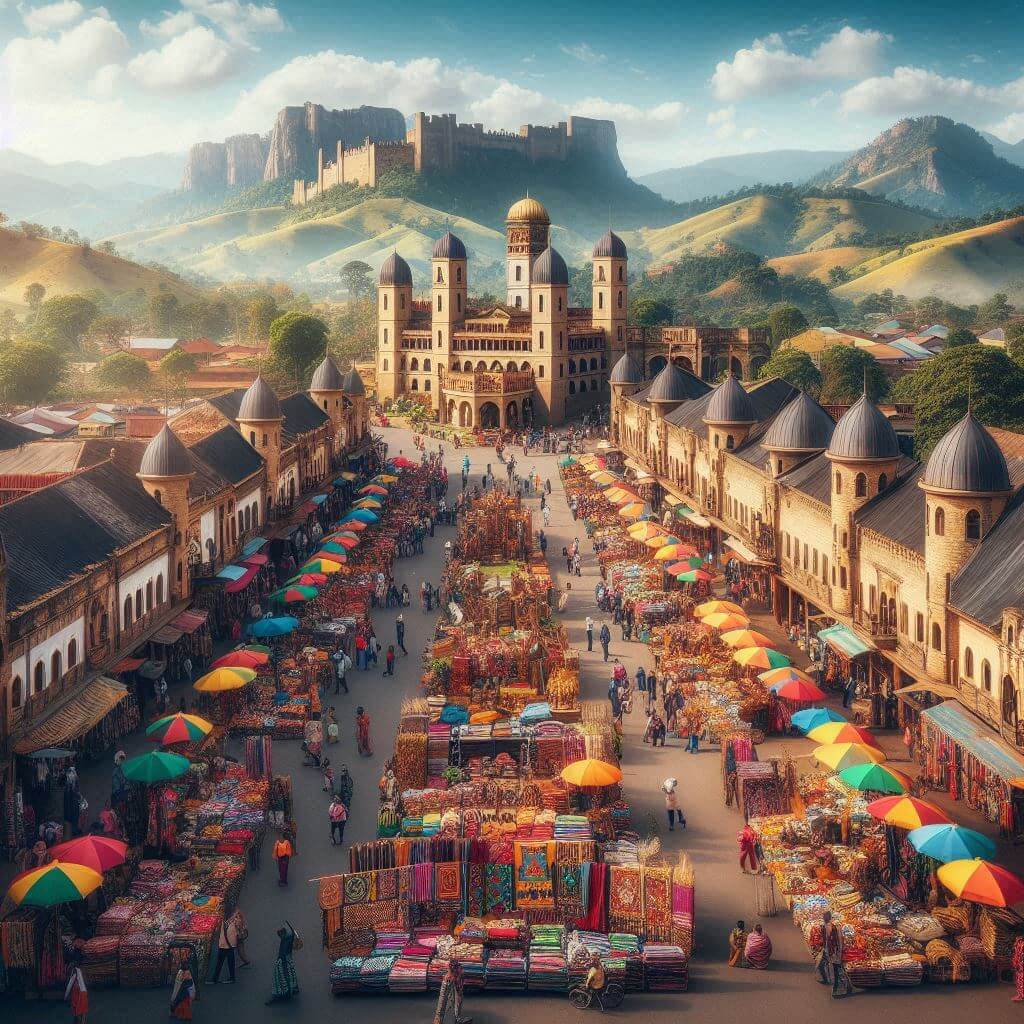 The flag of Eswatini is a powerful symbol of national identity, unity, and pride. It is prominently displayed during national celebrations, such as Independence Day on September 6th, and at official ceremonies and cultural events. The flag flies on government buildings, schools, and public spaces, serving as a constant reminder of the country's sovereignty and cultural heritage. In international forums and diplomatic settings, the flag represents Eswatini's unique position as one of the world's last absolute monarchies and its commitment to preserving traditional governance structures alongside modern development.
The flag of Eswatini is a powerful symbol of national identity, unity, and pride. It is prominently displayed during national celebrations, such as Independence Day on September 6th, and at official ceremonies and cultural events. The flag flies on government buildings, schools, and public spaces, serving as a constant reminder of the country's sovereignty and cultural heritage. In international forums and diplomatic settings, the flag represents Eswatini's unique position as one of the world's last absolute monarchies and its commitment to preserving traditional governance structures alongside modern development.
Interesting facts about the Eswatini flag
- The Nguni shield on the flag is a specific type used by the Swazi people, distinguishing it from shields used by other ethnic groups in the region. Its inclusion highlights the importance of traditional warfare and defense in Swazi culture.
- Eswatini is one of the few remaining absolute monarchies in the world, where the king, known as Ngwenyama (Lion), holds significant political and ceremonial power. The flag's design reflects this unique governance structure and the importance of royal traditions.
- The flag underwent minor modifications in 1981 to standardize its proportions and ensure consistent representation. This included adjusting the size and placement of the shield and weapons for better visibility.
- Despite Eswatini's name change in 2018, the flag remained unchanged, emphasizing continuity in national symbolism and identity. This decision reflects the balance between honoring traditions and embracing change in Swazi society.
- The color combination of red, yellow, and blue is relatively uncommon among African flags, making Eswatini's flag particularly distinctive and easily recognizable in international settings.

